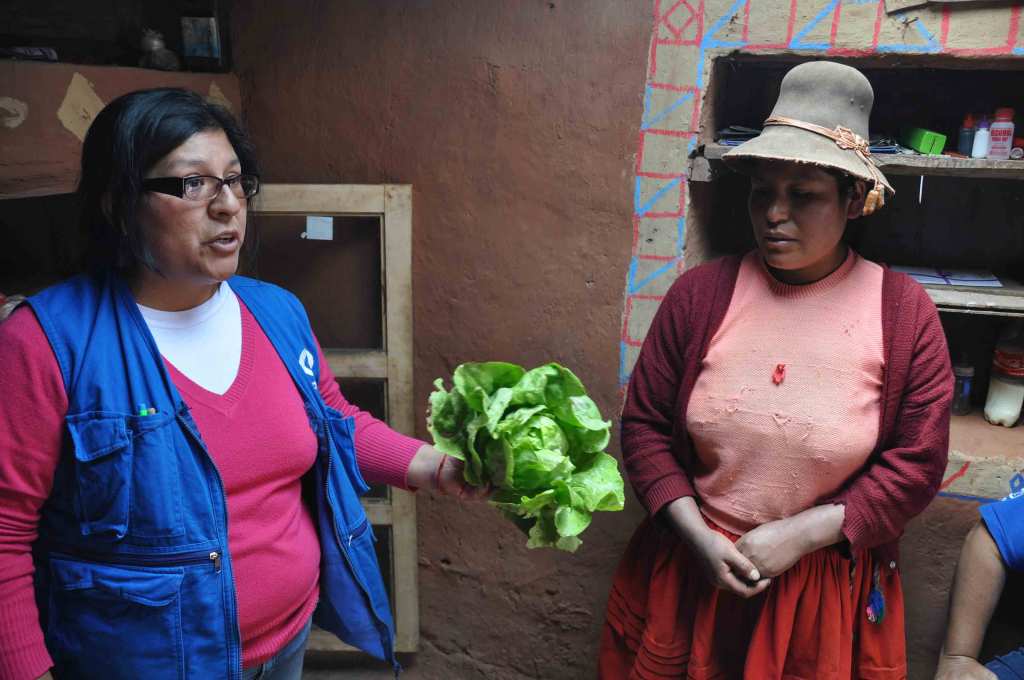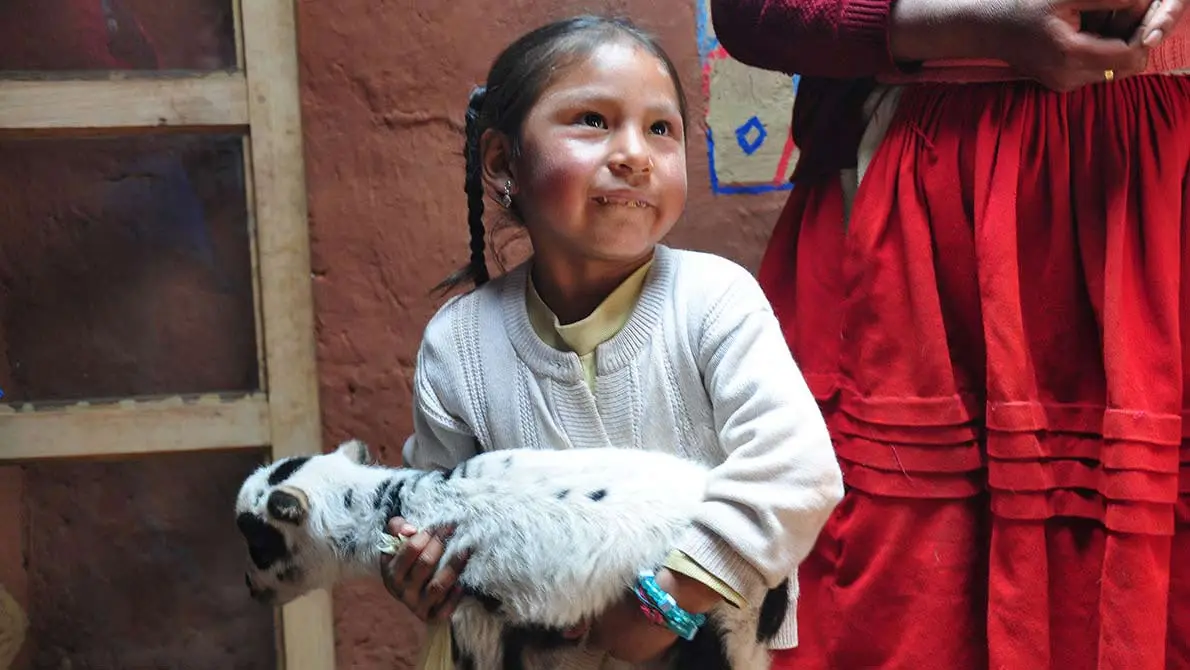
Last month in Paris, about 100 researchers, practitioners, donors and policy makers met to review research on the implementation of the Graduation Approach, a series of carefully planned interventions that help poor people build a pathway from extreme poverty to sustainable livelihoods and more hopeful lives. We also wanted to explore how the approach might be integrated into social protection policies and other large-scale government programs, so that we might reach very poor people at large scale.
The Ford Foundation and CGAP, a global partnership of 34 leading organizations housed at the World Bank that seek to advance financial inclusion, launched 10 pilots in eight countries beginning in 2006: India, Pakistan, Yemen, Haiti, Peru, Honduras, Ghana and Ethiopia. Using rigorous randomized controlled trials, eight of the ten pilots were evaluated to assess whether participants are better off as a result of the program compared to those in the control group. Those in the “treatment” group received supports aimed at stabilizing the family for a specific period of time (cash or food), establishing a savings habit, skills training and mentoring, and a gift of an asset, like a goat or cow.
I’ve seen first-hand the benefits of the Graduation Approach, and it was gratifying to see my optimism reinforced by the research results from six sites presented by Yale economics professor Dean Karlan. Karlan, founder of Innovations for Poverty Action (IPA), said that along with MIT’s Abdul Latif Jameel Poverty Action Lab, IPA has been involved in about 500 randomized trials over the years—and that of those, he could count on one hand those he was confident enough to advise policymakers to scale up. The Graduation Program would now be on that list. “The lesson is very much: let’s scale these up, and continue learning how to do it right,” Karlan told participants at the meeting, which was hosted by the CGAP-Ford Foundation Graduation Program.
For extremely poor households, an increase in spending indicates that people have greater resources to spend on essentials that improve quality of life for themselves and their children. In the India pilot, total annual spending per capita was up by 15 percent by the end of the second year of the program and 11 percent in the third. In Ethiopia, spending on food and other goods was 15 percent more than in the control group in the second year and 18 percent in the third. The results from a few sites were not as positive: Factors including location, context and choices made in implementing the program influenced the results.
London School of Economics Professor Robin Burgess also reinforced the importance of the Graduation Approach as a strategy for addressing extreme poverty. He shared results from his survey of 26,965 households in 1,409 communities in rural Bangladesh that participated in a program pioneered by the Bangladeshi NGO BRAC, which served as the model for the CGAP-Ford Foundation Graduation Approach. There, people in the “treatment” villages had incomes that were 40 percent higher than those in the control group. Even more encouragingly, two years after their participation in the BRAC program ended, people had further diversified their income.

Policymakers attending the Paris event were upbeat about what they learned about the approach. Afghanistan’s minister for rural development, Wais Barmak, said his country is expanding its pilot from two to six areas; if that works, he wants to take the program nationwide. In Pakistan, Qazi Azmat Isa, CEO of the Pakistan Poverty Alleviation Fund, was so pleased with the results of the pilot that his organization expanded it to 80,000 families, with plans to reach millions more. In Peru, during her tenure as Minister of Development and Social Inclusion, Carolina Trivelli convinced government officials to start their own, very similar, graduation program—Haku Wiñay—and have already expanded it from 25,000 to 50,000 families, with plans for a further increase to 160,000 families. Mariana Escobar Arango of Colombia’s Department of Social Prosperity explained that her government has begun its own adaptation of the approach in a pilot called “Produciendo por mi Futuro.”
The Graduation Program isn’t a silver bullet that will magically pull everyone out of extreme poverty. But the evidence shows that it’s an important part of putting very poor people on that pathway. We know there’s more work to be done, but we hope these efforts will be an important step toward meeting our goal of helping the poorest households develop sustainable livelihoods.
